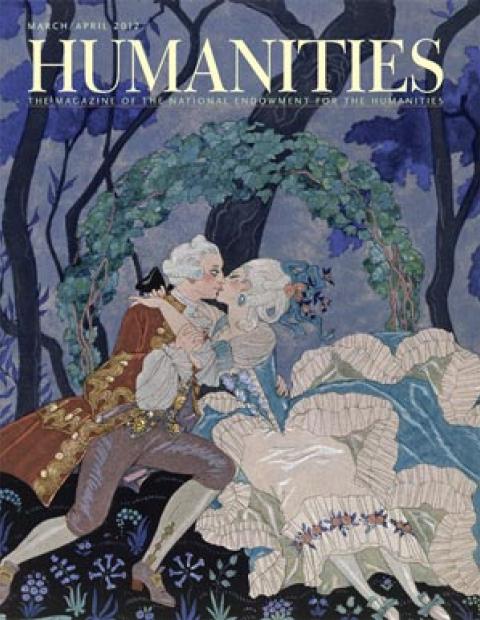Imagine leaving your home, quickly, and with nothing, then crossing the border into Canada or Mexico, with no reason to believe you will return. It’s almost unthinkable, of course: a true refugee crisis in the modern United States, but there are more than ten million U.N.-recognized refugees in the world right now—all of them, by definition, fleeing persecution or violence. The vast majority live in squalid camps in neighboring countries, waiting for whatever upheaval drove them away to subside. Some—about 1 percent—will be resettled elsewhere. And, of that number, half will end up in the United States.
Uprooted: Heartache and Hope in New Hampshire, a documentary produced last year by the University of New Hampshire’s Center for the Humanities, tells the stories of five refugees residing in the Granite State. Culled from in-depth video interviews that the center collected as part of a larger oral history project, the film is, at times, difficult to watch. Zahara Mahitula, who left Somalia when she was a child, recalls the outbreak of civil war in her country: “They’re killing us without reason . . . and they take everything we have . . . no food, we’re suffering. The little girl, like me, we have to wear pants and shirt so we can hide . . . because they started raping even little girls.” Asked how long he spent in a refugee camp, Udai Baskota, a Lhotshampa man who escaped the systematic oppression of his people in Bhutan, has to think for a moment before replying: “Seventeen years.” And Umjia Gusinac, from Bosnia, all but refuses to speak about her experiences during the war. “It hits me every time,” she says.
The film moves quickly, though, from the horrors these refugees survived in their homelands to the challenges they faced as they went about making new lives for themselves in New Hampshire. “In the beginning,” says Baskota, “I was really frustrated.” It’s a sentiment shared by each of the refugees in the documentary. They talk about how jobs are scarce, education expensive, and, despite the best efforts of resettlement workers and volunteers, assistance minimal. “I felt just like I fell from the sky,” says Gusinac of her arrival thirteen years ago. “I didn’t know the language, nobody was here to welcome us, people didn’t know that we existed.”
Today they are adapting to American culture and contributing their own traditions to local communities that, over the past ten years, have seen marked diversification. Between 2000 and 2007, nearly three thousand refugees from thirty-one countries arrived in New Hampshire, most settling in the Manchester-Nashua metropolitan area, which during the same period saw its minority population grow from 28,400 to 43,500, an increase of 53 percent.
“It’s striking,” says Burt Feintuch, director of the center. “If you just walk around Manchester, the evidence is right on the street. You see Halal butchers and African markets, you see women in African clothing, and you start hearing stories about the number of languages being spoken in the public schools.”
“When I first moved to Manchester,” adds Mary Jo Alibrio, who is the center’s program coordinator and has lived in or near the city for twenty-eight years, “there was none of that. Everybody has been, like, ‘Wow, this is great! There’s a lot of new food and new people coming in.’”
She pauses. “Well, some people thought that. Other people didn’t. When we showed the documentary in Manchester, for example, there was a lot of polite, but kind of coded, resistance. You know: ‘People need to learn how to speak English,’ and questions about money, that kind of thing.”
Part of that resistance, says Feintuch, is that “the story New Hampshire has told about itself for a while now is that it’s one of the least diverse states in the country.” That story isn’t entirely untrue, of course—the 2010 Census described 93.9 percent of New Hampshire residents as “white”—but it doesn’t reflect the rich history of immigration to the state, which over the past hundred years has welcomed populations of French Canadians, Greeks, Russians, Turks, Germans, and Austrians, among others.
As Alibrio puts it: “You have a whole group of people who are second-, third-, maybe fourth-generation Americans who are now seeing a new wave of refugees and immigrants coming in and disrupting the status quo, changing the face of their community, and they are not remembering the histories of their own families.”
Alibrio and Feintuch hope the documentary can give audiences a chance to identify with refugees on a human level. “These are real people,” says Alibrio, “who have come from situations where they were not safe, where they couldn’t bring up their children, where they could have been murdered at any time. They’re not an ‘issue.’”


